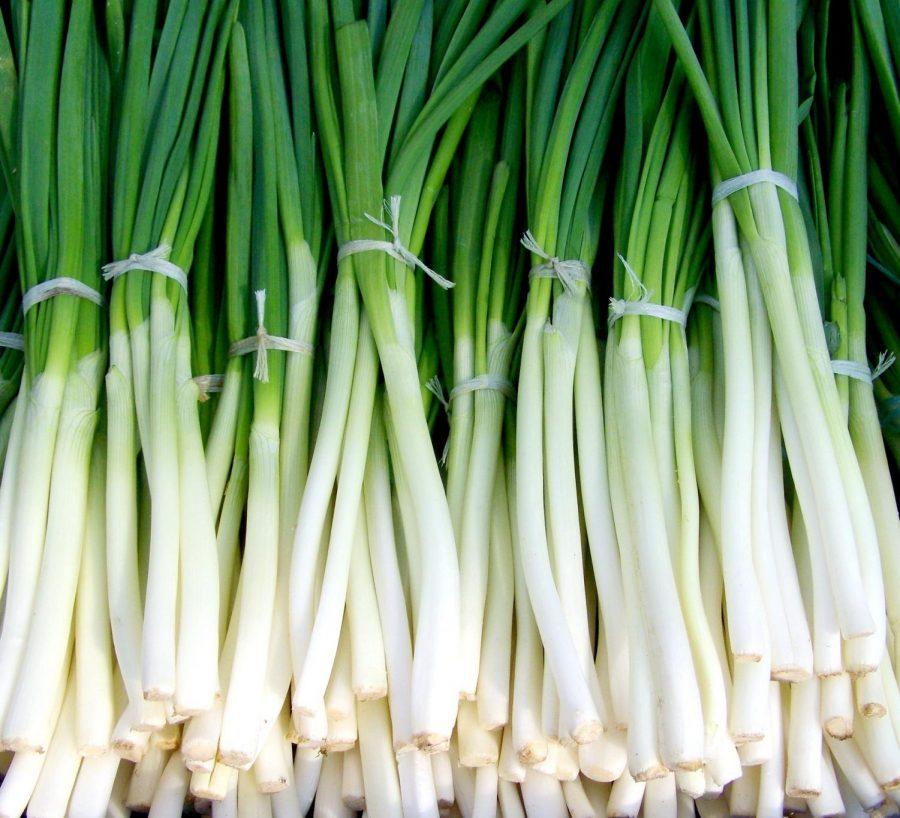Seder looks, tastes different in Sephardic tradition
Published April 19, 2019
I love seder. I look forward to it all year. The heaping platters of rice, some colored and flavored with the beautiful essence of saffron, with sautéed julienne carrots and kidney beans mixed in, others with raisins and cinnamon.
Helping prepare, I notice that we don’t have enough green onions, so my sister goes to the store to buy more. You can never have enough green onions.
While setting the table, we make sure that the bowl and pitcher for hand washing are close at hand, along with the extra tablecloth.
ADVERTISEMENT
Sound familiar? Probably not if you are an American Ashkenazi Jew. This is how the Sephardim of Persia (Iran) celebrate Passover.
To begin the seder, Dad welcomes everyone and then raises the matzah for all to see and we sing kaddesh urhatz, karpos yahatz, maggid rohtzah, motzi matzah, maror korech, shulchan orech, tzafum barech, hallel nirtzah. This is the order of the Seder.
Dad and one of his best friends lead the Seder, jokingly calling each other Rabbi Jacques and Rabbi Shimon. They now call my cousin Michel Junior Rabbi and delegate much of the Seder to him.
ADVERTISEMENT
My sister and I help with hand washing. One of us holds the bowl, the other the pitcher and towel. We then walk around the table together pouring water for washing. It takes a while, as we usually have many guests at seder.
For karpas, we use romaine lettuce, not parsley. Our charoset is filled with apples, nuts and wine. When the time comes to recite the plagues, we first pick up the extra tablecloth, and I hold one end at the head of the table. My sister takes the corners of the other end, walking along one side of the table toward the far end. We then gently lower the tablecloth onto the table. The table where we will eat is now protected from the plagues. We then remove the tablecloth in reverse manner after recitation of the plagues.
The best part comes a little later: Dayenu. First, my sister serves the long green onions from a platter. No, we don’t eat them. We race around the table smacking each other on the arms, legs, back, wherever we can reach. We sing as much of the song as possible so that our fun can last, but the singing inevitably devolves to a stop while the onion smacking continues a bit longer.
My little cousins start sword fighting with their bunches of onions. Older family and friends remain in their seats and we go to them with respect and receive one little smack and give one in return. All the while, we are remembering the Egyptians flogging the enslaved Jews.
When the time for dinner arrives, one may think that nothing at this point could surprise an Ashkenazi, but … no gefilte fish. No fish at all. No fish in the desert; therefore, no fish during Passover. Instead of matzah balls in our chicken soup with rice, we have yummy goundi, tender meatballs made with ground beef, ground turkey and ground chickpeas. We squeeze lemon juice into our soup. Tons of rice and beans.
The intricate and detailed Ashkenazi food restrictions during Passover that evolved over time never bound the Sephardim. Our tradition is simple and basic: no bread. So before we begin the meal, we pause to remember those less fortunate than us: the Ashkenazim.
We embrace our beautiful traditions, but the underlying fundamental concepts of the Passover holiday Seder are the same among all Jews. We all drink four cups of wine, the children ask four questions, we discuss the four sons. We remember the enslavement of the Jews in ancient Egypt, praise and thank G-d for his liberation, and rejoice in our freedom.
Chag Sameach!
Corinne Darvish is a Clayton resident who is a member of Beth Hamedrosh Hagodol Sha’arei Chesed (U. City Shul).
















